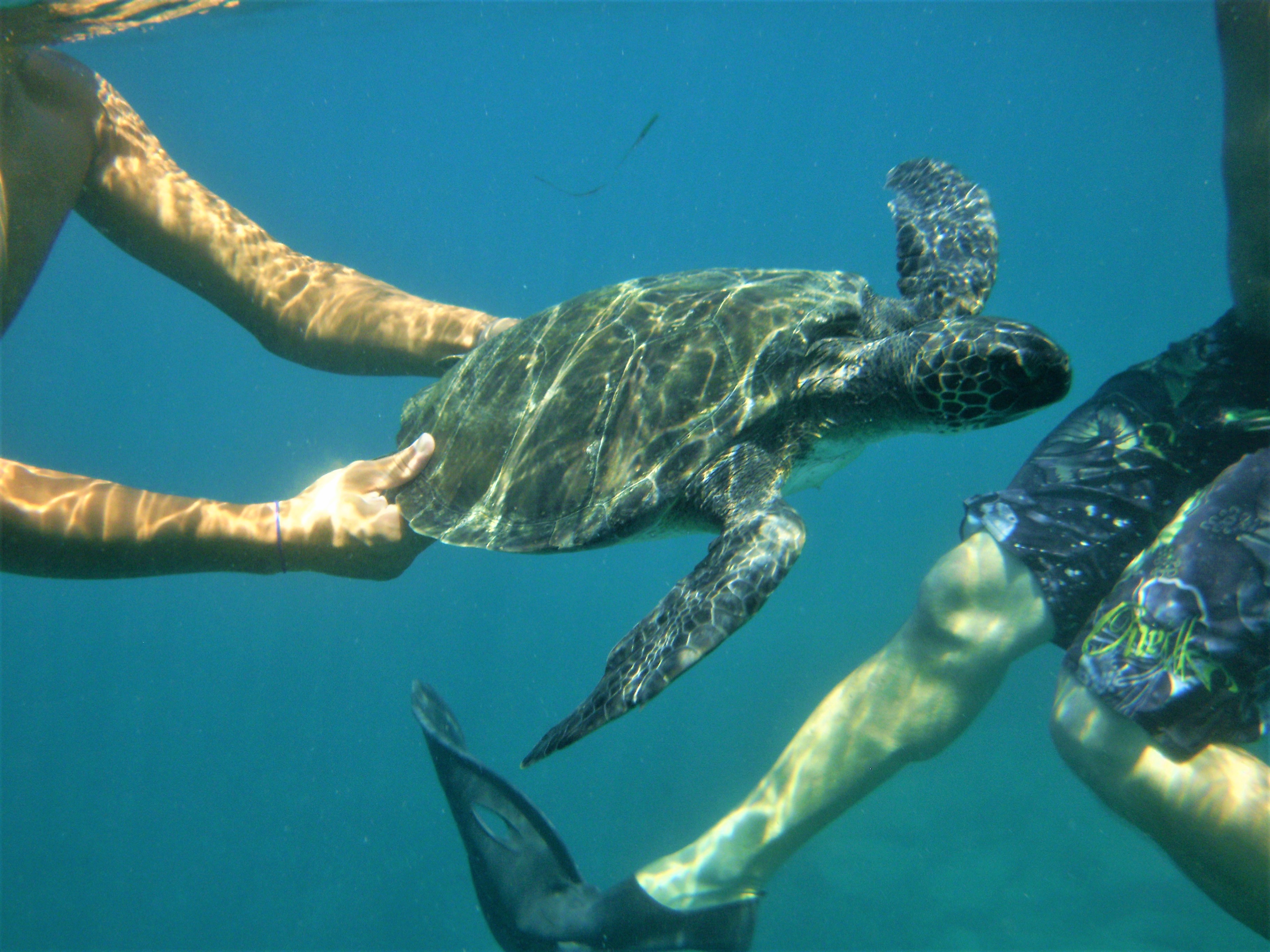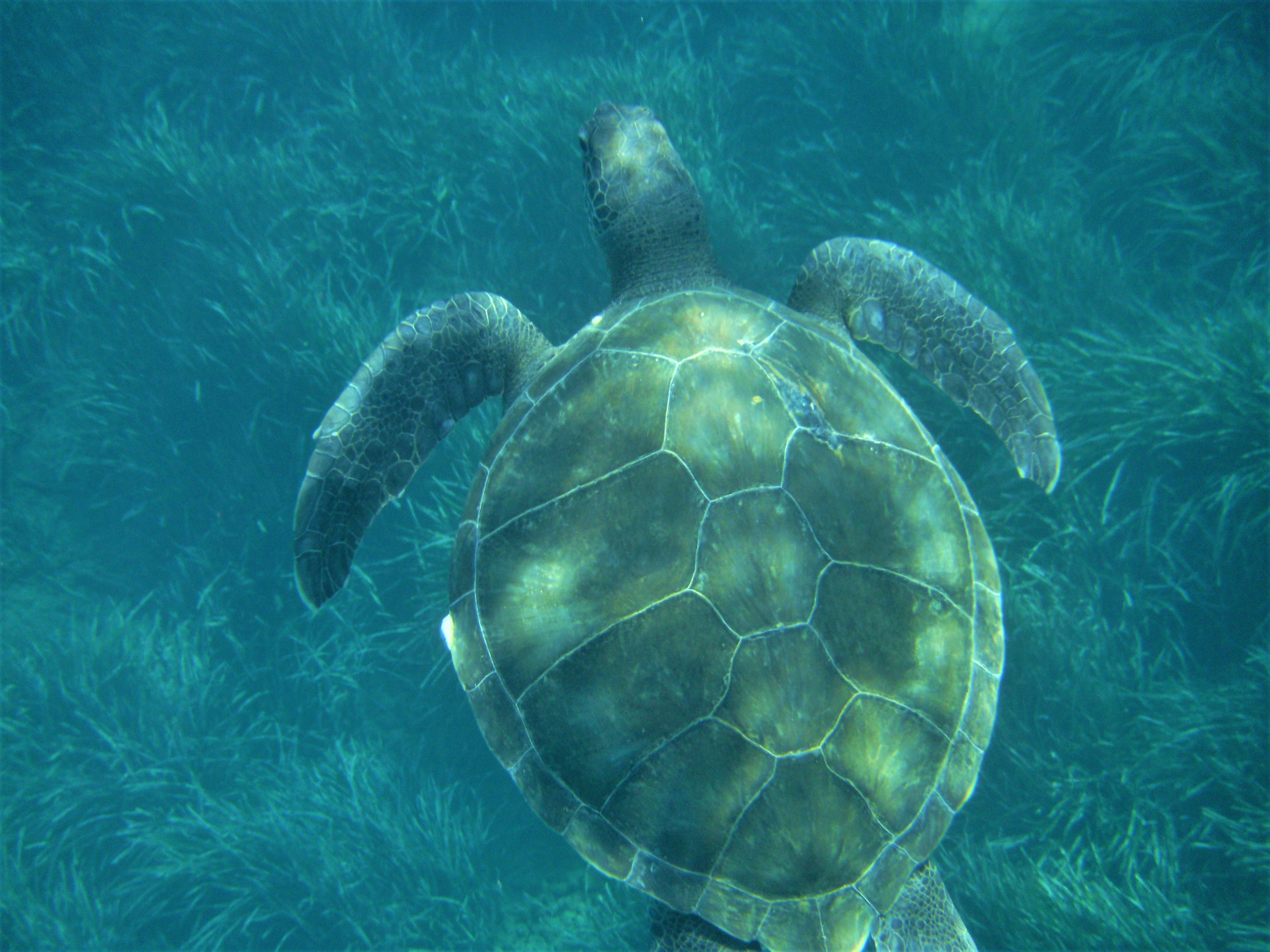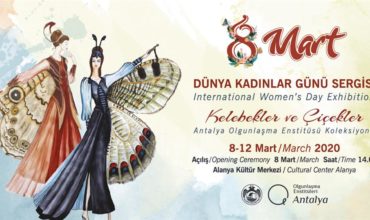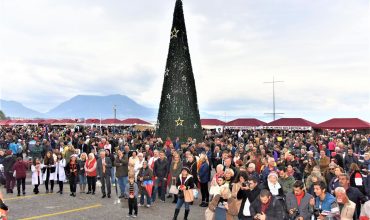This is the story of Alanya local guys. Caretta Caretta Turtles.
You are in Alanya and swimming at Cleopatra Beach, suddenly big and beautiful friend could be shown next to you. His name is Caretta Caretta. No need to be afraid. He is friendly. He is the local guys of Alanya for thousands of years.

Turtle expert Archie Carr has said that the turtle is the only reptile most people feel to be trustworthy, and there can be no doubt that he has expressed the feelings of millions of people”. It is quite true that the wrinkled, wise old faces of these long-lived animals not only fascinate but inspire affection in most of us.
At first sight, the most striking feature of the turtle is its shell. This feat of natural engineering consists of plates welding the animal’s spine to its other bones, and thanks to this the turtle has survived under diverse conditions for millions of years. There are 2000 species of turtle, of which the T e s to d in a ta comprises the land tortoises and the Cheonidane and Dermochelydane those which live in water. Members of the latter groups left the stamps in which they had previously existed 150 million years ago, and adapted themselves to a life spent almost entirely at sea, apart from a brief sojourn on land to lay their eggs. Despite their slow and clumsy appearance, turtles are extremely agile in the water. With their thin shells and broad flippers, they can swim at a speed to match the fastest sprinters, particularly over short distances. Turtlespossess a complex sense of direction, which has been the subject of scientific study. The stars, sea currents, and a “seismic” sense are thought to be among the factors which help them to find their way during their long migrations through the oceans. Some experts believe that the taste and smell of the sand are imprinted on the minds of the newly hatched baby turtles, enabling them to return to the same beaches as adults to lay their eggs.
Sea turtles mate two or three times a year in the sea, mating taking four to six hours, after which the female turtle makes her way to the beach at night and searches for a place to make a nest. The nest should be above the tide line, but if disturbed by noise, artificial lights, predators or human beings, the females may make their nests too close to the sea. As a result, most of the eggs in, these “stress nests” are spoilt by the high level of moisture and inadequate oxygen.
Having chosen a suitable spot, the turtle scrapes a hole in the sand with her flippers, and then digs an egg chamber at the base of the hole as deep as her back flippers will reach, at an average depth of 40-50 centimetres. Having laid 70-120 eggs in the chamber, the turtle uses her flippers to cover them with sand and returns to the sea. Until the actual laying commences, the turtle is sensitive to the slightest disturbance and may abandon the nest. She will return to try again several times, but if continually disturbed mil eventually gives up and lay her eggs in the sea.
Turtle eggs are white and spherical, similar to ping pong balls. During an incubation period of 50-65 days, the temperature of the sand affects the sex of the young. At temperatures below 30oC, all the young are males, and at over 30oC, all are females. At a steady 30oC, however, equal balance results. When the young are ready to hatch, they break the shells with the box-like protuberance on their heads. The wriggling movements of the batched young shake the sand, so that they gradually rise to the surface of the beach.
Their emergence on the surface is usually conveniently timed during the hours of darkness, possibly in response to the temperature of the sand. This ensures that they avoid the bot sun, and are less likely to attract the attention of predators. Once on the surface, they commence their rush towards the sea. Again it is probably the discrepancy in temperature, this time between the sea and the land, which guides them. The presence of nearby settlements, factories or artificially lit main roads disorients the young turtles and greatly reduces their chances of survival.
The eggs are prey to foxes, jackals, dogs, crabs, rats and even ants during incubation, and once hatched, to crabs, birds and fish. As a result of all these factors, only one in a thousand of the millions of turtle eggs laid each year survives to maturity.
Today there are seven species of sea turtle in existence, two of which, Caretta caretta and Chelonia mydas, visit Turkey’s Mediterranean shores. Chelonia mydas is the largest of the hard-shelled sea turtles and weighs 110- 130 kg. Known as the green turtle because of the greenish-brown colour of its upper shell and with an under the shell of pale yellow, this is the turtle used to make turtle soup. These magnificent animals migrate over vast distances and used to be found in large numbers in the Atlantic, Pacific and Indian oceans, as tall as in the Mediterranean. They feed largely off seaweed and algae, although to a lesser extent they may eat shellfish, jellyfish and sponges. The hunting of green turtles for their flesh and eggs has decimated their numbers, and they are now endangered species.
Three of the last four main breeding beaches of the green turtles in the Mediterranean basin are in Turkey, at Kazanlı, Akyatan and Samandağı on the eastern Mediterranean coast. The second species of turtle which breeds in Turkey is Caretta Caretta distinguished by its large, flat head. The Caretta ‘s are 1 metre in length and weigh between 75 and 130 kg. Their upper shell is reddish-brown, and the under shell an orange-yellow.

Unlike the green turtles, Caretta’s prefer a diet of meat when available. They inhabit the Atlantic, Indian and Pacific oceans, as well as the Mediterranean. Once hunted for their flesh and eggs, Caretta’s are listed as an endangered species and are under protection.
The only remaining beaches suitable for them to nest are on the shores of Greece, Cyprus and Turkey, their principal breeding grounds being beaches on Turkey’s western Mediterranean shores at Dalyan, Dalaman, Fethiye, Patara, Kale, Kumluca, Tekirova, Belek, Kızılot, Demirtaş, Gazipaşa, Anamur and the Göksu Delta. Turkey’s sea turtles first hit the news when plans to build a hotel at Dalyan at the eastern end of a 4.1 km beach met with protests from zoologists and conservationists.
As a result, the project was shelved, and Dalyan and Caretta caretta became a symbol of the turtle conservation campaign in Turkey.
Meanwhile, studies carried out by the World Wildlife Fund in cooperation with Turkish universities and The Society for the Protection of Nature provided valuable information about these animals. Seventeen major breeding grounds were identified in Turkey, and the problems facing the turtles on these shores have been the subject of studies by the Shore Management Section of The Society for the Protection of Nature since 1989. The disappearance of turtles from their previous breeding grounds in France, Italy, and North Africa must be attributed to building development and industrialisation.
It is to be hoped that the campaign to save the turtles will result in an integrated conservation movement, comprising not just the turtles’ breeding beaches, but the entire ecosystem of this still unspoilt coast, including its seabed, cliffs, pebble beaches, wetlands, vegetation and fauna.

Facts about Caretta Caretta Turtles
- Spawning and progression period is from the first of may til the end of October
- Endangered species
- Only one adult out of 1000 -1500 cubs
- Turtles come to the same place again in 15-20 years to breeding time for spawning
- Seen abundantly Alanya coastal area especially Demirtaş to Gazipaşa areas.
Visit Alanya
#alanyafinaldestination #natureinlanya
Yakup Uslu
Images are taken by Mustafa Gülmez, Captain of Ocean Paradise Boat in Alanya.
Source: https://www.skylife.com/en/1993-06/caretta-caretta





